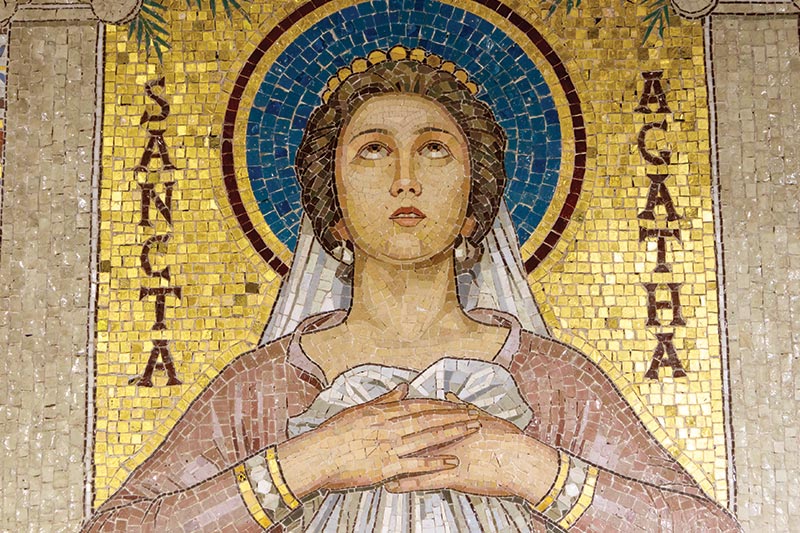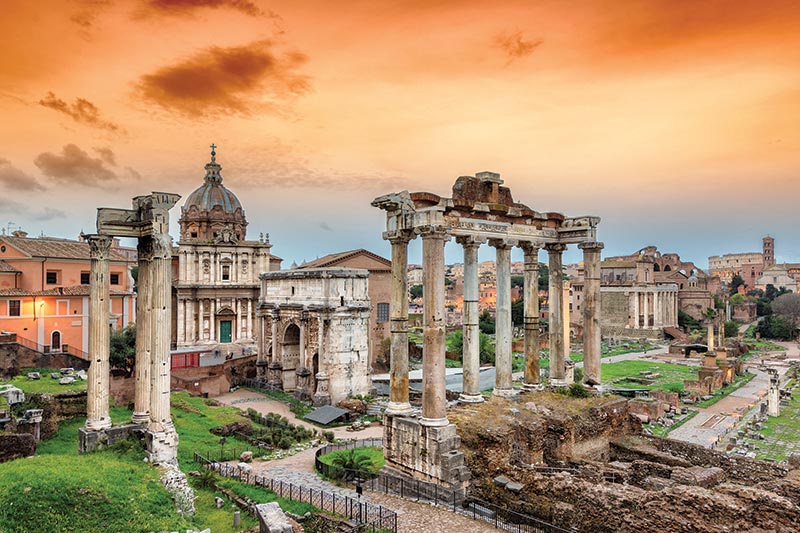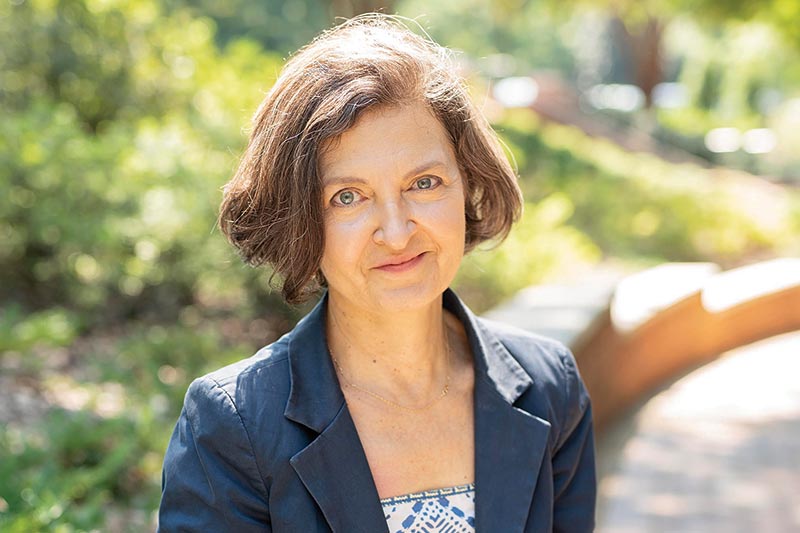How medieval medical facilities in Rome played a key role in sovereignty, politics and urban development
Article body
Hospitals today are recognized as healthcare institutions that provide patient treatment with specialized medical and nursing staff and medical equipment; some have teaching functions; some are specialty centers. However, in medieval times, they served a very different purpose and function, according to Dr. Carla Keyvanian, a professor in Auburn University’s College of Architecture, Design and Construction.
In her book, “Hospitals and Urbanism in Rome, 1200-1500,” Keyvanian argues that those early hospitals played a key role in establishing the power and prestige of the administrative ruler and that their establishment, opulence and locations were strategically conceived for manifesting those purposes.
Keyvanian earned her Doctor of Philosophy degree in architectural history from the Massachusetts Institute of Technology. She also studied in Venice, Italy, and became interested in the urban development of early Rome while seeking her dissertation topic.
“Studying architectural history does not make us as architects to be better designers,” Keyvanian says, “but it helps us to understand what has been achieved in the past; how problems were solved; and that form did not emerge out of purely esthetic reasons, but from structural needs, materials availability and often political considerations.”
Keyvanian became interested in medieval hospitals in Rome because of their prominence as architectural symbols around which Rome and other urban centers developed throughout the Mediterranean region. Moreover, her book argues that those hospitals were constructed as expressions of sovereignty by those in administrative and political positions of power, particularly the clergy and kings.
Monumental urban hospitals appeared in western Europe during the 12th century Renaissance—a period marked by a booming economy, a demographic increase that almost doubled the population and administrative change, Keyvanian notes. These late medieval hospitals were not like our modern hospitals but served as religious centers and social, charitable institutions offering temporary shelter, medical treatment to the destitute and to travelers, safe housing, banking and financial services.
The rulers of the time were expected to be benevolent, Keyvanian said. As a high-profile means for portraying those qualities and characteristics, the rulers constructed large, monumental structures as hospitals that were charitable institutions for the poor and destitute. But although they played a charitable role, they were not designed to be long-term refuge institutions. These hospitals represented for the ruler his piety and celestial reward.
“They were political institutions—halls of state—and they were built by the most prominent architects and in the post prominent locations of the city, because they had display value,” Keyvanian said. “They stood for how charitable and compassionate the ruler was. My research helped me to understand how charitable aspects played such a crucial role in legitimizing a ruling official’s authority.
When Christianity began to replace the Roman pagan faith, one of its most powerful tools of persuasion was its appeal to the poor, sick and lame, who were promised the miraculous healing powers of Christ.
“The medieval kings of France and England as well as the pope were believed to have divine, magical properties to heal the sick. They were considered to be appointed by the divinity and were upheld as being semi gods.
Disease and sickness was the greatest source of fear among the population, and so the more prominently the ruler presented his capacity to heal, the more powerful his influence over his kingdom. The construction of a massive hospital was a clear demonstration of the ruler’s capacity to heal and a symbol of his charity—which legitimized their ‘divinely ordained’ position of leadership.”
History notes that a very large segment of the population was poor, Keyvanian adds. Hospitals play a role managing that segment of the population.
“Take someone off the streets who is sick from hunger and give them three days of food and bed rest, and their recovery would seem miraculous,” Keyvanian said. “In return for their benevolence, the ruler campaigned for support of his hospital and charity through donations from the faithful. Thus, the church-supported hospital prospered.”
The hospital of medieval times also served an important purpose in caring for the sick and wounded during the Crusades, Keyvanian writes. As the prestige and power of the ruling sovereign grew, these hospitals flourished and their importance to the urbanization of the region also grew. Many still serve an important function in modern Rome, and their opulent architecture serves as a reminder of their former purpose and function, as well as a record of how cultural expansion in the region spread ideas and influence.
Keyvanian studied a variety of sources as she conducted the research for her book.
“There aren’t many writings available from the earliest part of this period,” she said.
But Keyvanian had access to numerous illustrations and paintings, architectural documents and relics, the architecture itself and rituals observed from the time.
“By studying this history and the establishment of these hospitals, I was able to debunk some myths associated with the purpose and reasons for their construction,” Keyvanian said.
“One, they were not established totally as an emergence of more compassionate attitudes toward the poor. They were not built out of Christian charity, but as a means for manifesting the sovereignty of the administration.
Another, they were not built to respond to social needs, but placed in highly visible locations that supported the rulers’ interest and intent for developing a specific area.”
By studying the rise and development, as well as the decline, of the hospitals of the time between 1200-1500, Keyvanian says one can learn much about the urban development of Rome, Europe and the Mediterranean area over this seminal 300-year span. She has begun work on a second book.
“The next book will focus on a single hospital and its architect and will show how to use architectural form as historical evidence to make the connections that put together the story of a culture, its interactions and its development.”
Auburn University is a nationally ranked land grant institution recognized for its commitment to world-class scholarship, interdisciplinary research with an elite, top-tier Carnegie R1 classification and an undergraduate education experience second to none. Auburn is home to more than 30,000 students, and its faculty and research partners collaborate to develop and deliver meaningful scholarship, science and technology-based advancements that meet pressing regional, national and global needs. Auburn's commitment to active student engagement, professional success and public/private partnership drives a growing reputation for outreach and extension that delivers broad economic, health and societal impact. Auburn's mission to educate, discover and collaborate drives its expanding impact on the world.




